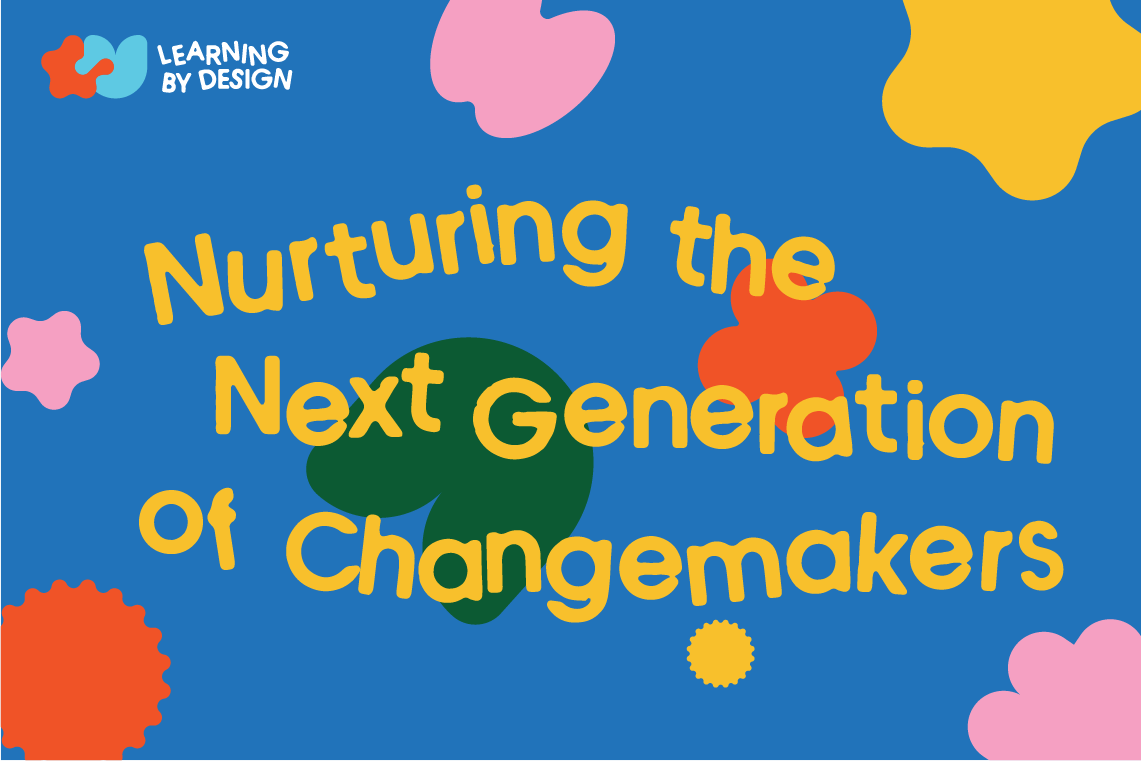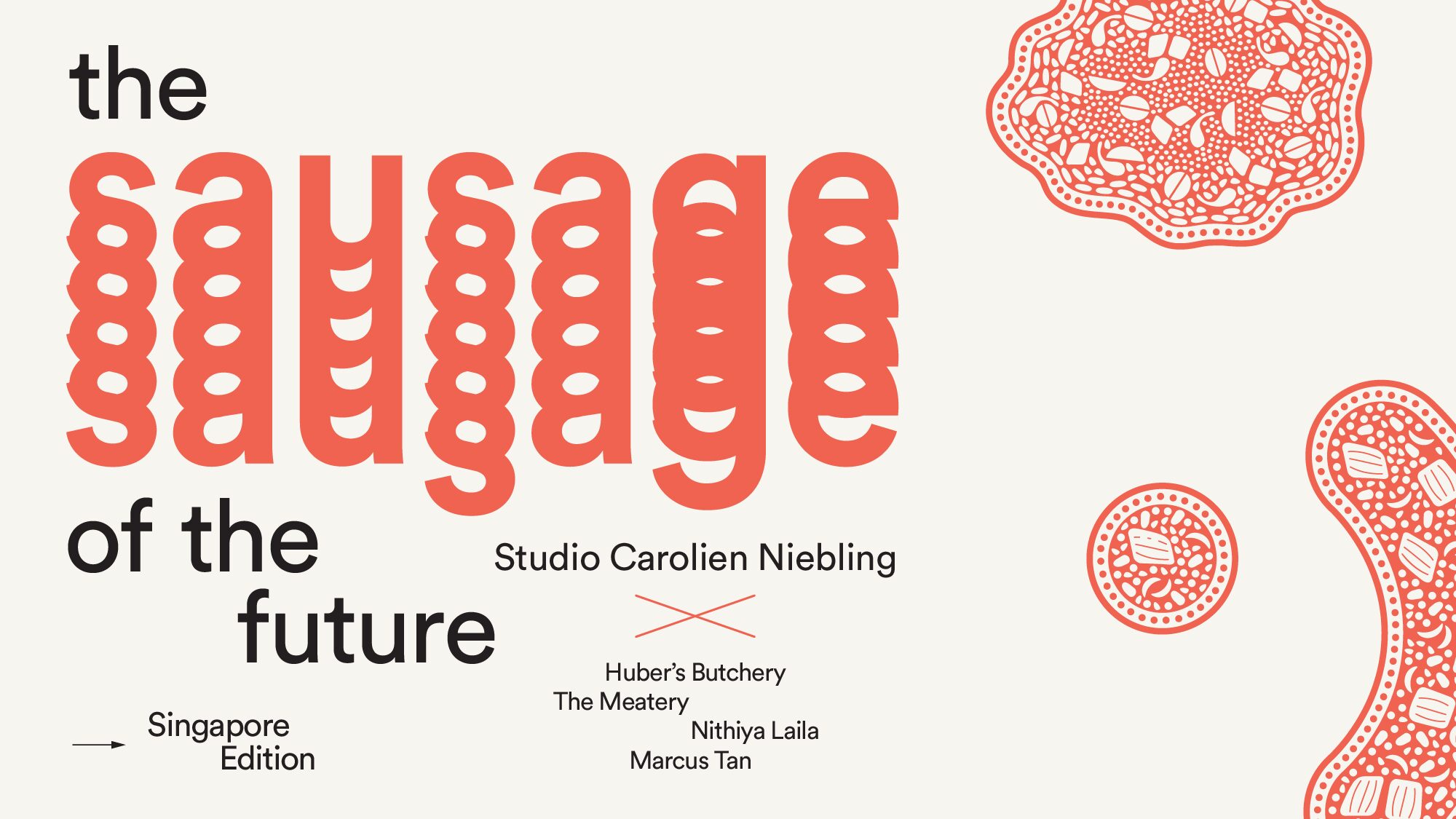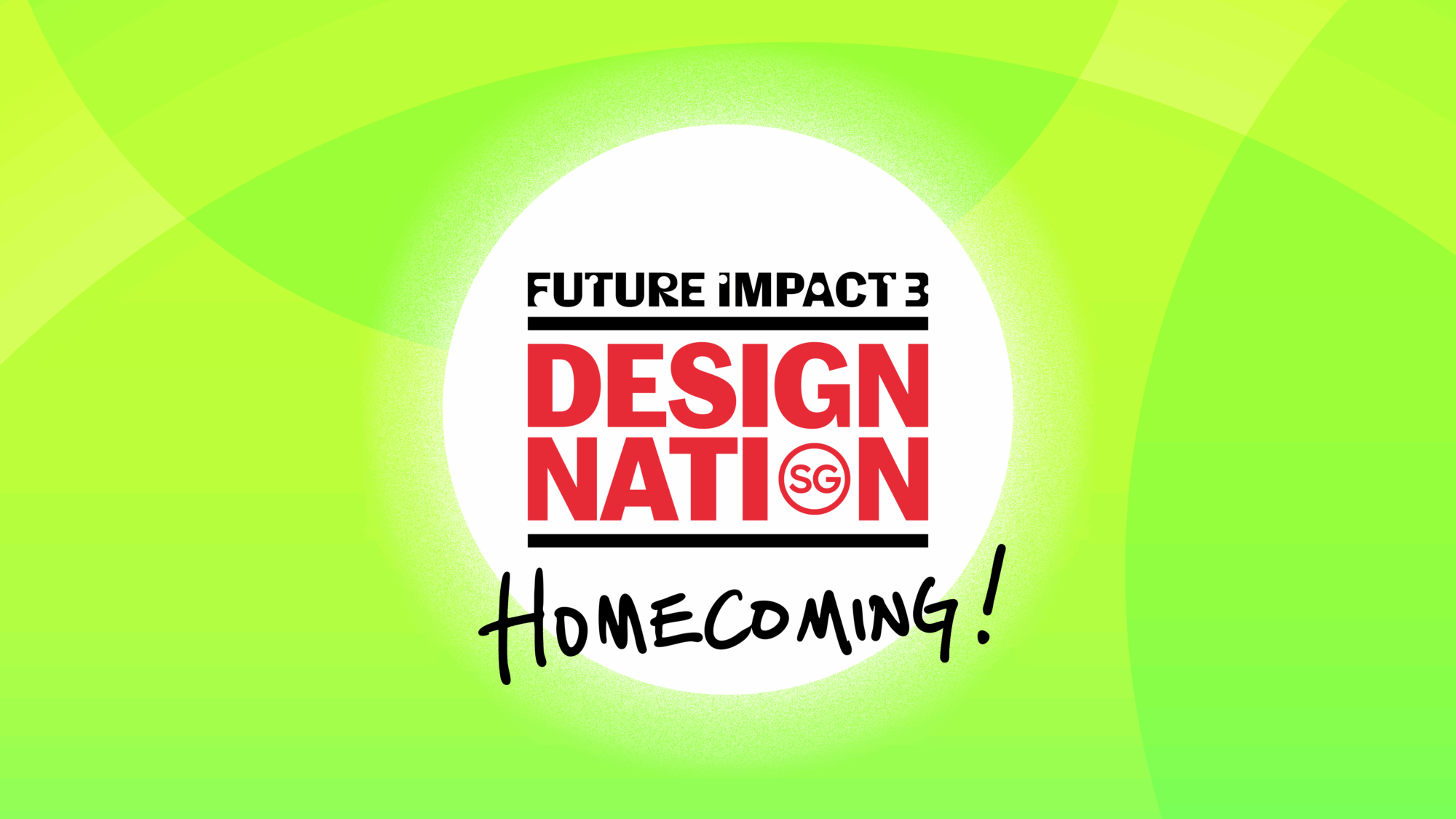Tidying up a traditionally-run waste management company into a leading enterprise through design
Determined to shed the stereotypical association of being the karang guni of industrial and construction sites, Tidy Maintenance and Engineering Pte Ltd engaged a brand and design management consultancy to aid with its brand and operational transformation. This led to an increase in revenue and higher staff retention rates.
Challenge

Founded in 1984 by Mr Ong Yew Hoe, Tidy Maintenance and Engineering Pte Ltd (Tidy) started out providing disposal and waste management services for companies dealing with construction and renovation waste. With only two employees then, Ong had to drive his small truck to industrial and construction sites, collecting discarded materials such as concrete, wood, bricks, glass and polyvinyl chloride.
Since then, Tidy managed to grow to about 40 staff, with more disposable trucks and industrial bins. But it was still very much a traditional business, without any client relationship management or marketing tools.
It had a website that offered basic information, and sales were largely coming from its existing pool of clients, who would call when they had items to dispose of or when they needed bins. New customers, if any, were mostly from referrals.
Hence, by the time Ong’s son, Vincent, took over the business in 2015, the company had reached a plateau.
As the second-generation owner, Vincent had strong ambitions to grow Tidy, but he faced another problem – recruitment. With waste management seen as an unglamourous industry, it was difficult to hire and recruit younger staff.
However, Vincent was undeterred by these challenges and was convinced that Tidy still had a lot of potential. He believed that it was essential for Tidy to enter the residential market to accelerate the company’s growth plans. To do that, the company needed to overhaul its image, brand and operations, to change customers’ perceptions and improve business processes.
At the start of 2019, Vincent decided to appoint brand and design management consultancy Creativeans to help align Tidy with his new vision and goals.
Methodology
Creativeans first conducted a brand audit that looked into Tidy’s:
- Internal branding – company brand values, mission and culture
- External branding – Logo, website, collaterals, customers’ perceptions and experiences
- Competitor landscape
The internal review was the first and most important step, says Kimming Yap, managing director of Creativeans.
Based on the design thinking methodology, the team interviewed more than 40 management and staff members, along with 30 customers. They were able to identify and uncover unmet needs and opportunities from all stakeholders. For example, the drivers shared that they needed uniforms with safety features such as reflective strips.

It was also critical to get alignment from Tidy’s internal stakeholders. “We needed to get buy-ins from them before we could implement anything,” says Kimming. “And the most important group was the frontline staff, who interact directly with customers.”
Insights gathered
Through the sharing sessions, Creativeans gleaned the following insights:
1. Lack of brand awareness due to low brand visibility
-
- There were no platforms to share about Tidy and its services beyond the website, telephone and word of mouth.
-
- The company did not appear on Internet search engines.
-
- Tidy’s buildings, trucks and bins were all nondescript.
2. Low brand loyalty and brand perception
-
- The company was reliant on mostly ad-hoc projects and requests.
-
- Customers would look for more affordable service providers outside of office hours.
-
- Tidy’s bins were old and in poor condition.
3. Necessary to review internal processes
-
- Staff did not have autonomy to make decisions, which resulted in delays in delivering bins.
-
- Most customers felt Tidy could improve on issues such as scheduling, punctuality and having more bins.
4. Perception on company’s cleanliness and hygiene
- Hygiene and looking hygienic were one of customers’ key concerns.
The competitor analysis also revealed that these issues were prevalent among similar-sized businesses within the industry.
Both current and potential corporate customers ranked response time, value for money and customer service as their top three considerations in selecting a waste disposal company. Hygiene was also a priority for residential customers. However, less than half of Tidy’s customers rated the company highly in each of these categories.
Changing Tidy’s brand perception
Kimming and his team worked on Tidy’s logo, tagline, website, marketing collaterals, social media presence, and even staff uniforms.

The new and simplified logo is cleaner and accompanied by a catchy tagline, “We’re happy when it’s Tidy”. Orange also became the primary corporate colour, instead of green, which is common among its competitors.
“Colour plays an important role in distinguishing a brand from others, just as what Foodpanda did in adopting pink,” explains Kimming. “We recommended orange not only because it’s strategically different from Tidy’s competitors, it also communicates enthusiasm and warmth, which ties in with their tagline.”
“As promotional platforms, their building, gates, trucks and bins have since been given a spanking new look. We designed for the orange colour, company logo, their business and marketing collaterals, and staff uniforms to stand out,” he adds.
A closer look at internal processes and operations
With Vincent’s plans to engage the residential market, Creativeans deep-dived into the customers’ journey and experience, which is a component of design thinking, to review the way Tidy was reaching out to its customers.
Then, the bin-handlers were the ones handing over documents for customers to sign. This presented an area of opportunity for a digital model of touchless invoicing, QR codes and e-payments, which also addressed hygiene concerns. Tidy launched this before COVID-19 struck and gave its frontline staff devices such as iPads for their industrial and residential customers to endorse documents. Today, Tidy is the only company within the industry doing so.

The company’s website was also redesigned to be more interactive, allowing businesses and residential customers to book Tidy’s services online. For instance, they can select the types of bins, delivery time and a self-disposal option. They can also contact Tidy staff for assistance and support via WhatsApp and Facebook 24 hours a day.
“All these proposals were essential to designing and creating a satisfying customer’s journey, and everyone at Tidy accepted and implemented them,” says Kimming.
Positive outcomes
It took Creativeans two months to conduct the internal review with staff and customers, and six months for implementation. All management and staff members were also given a service blueprint or checklist to help ease them into the new operational procedures.
Says Kimming, “After the exercise, there was all-round agreement that the company’s image now looks more professional. What is significant is that the drivers and those working in the junkyard, with their new uniforms, now feel a sense of pride and belonging to Tidy.”
The new brand identity has also had a positive impact on revenue. Vincent says that the number of new clients has increased by 20 per cent. The company has also been able to hire more drivers by similar margins.
“COVID-19 struck about two months after Tidy implemented the changes,” adds Vincent. “If we did not embark on rebranding, the company would have been worse off. Now, it will be easier to attract younger hires too as Tidy will be regarded as a relevant and forward-thinking company.”
Tidy has also been able to penetrate the residential market, with bins strategically placed in prominent and high-traffic areas to boost visibility. It also earns a daily rate by placing bins at bungalows and condominiums.
“This is a new market segment for Tidy and the bins are its most effective touchpoint,” Kimming adds. “They now have over 200 bins across Singapore and serve as Tidy’s best advertising platforms. The design, colour and the information printed on the bins generate top of mind recall for people looking for a waste disposal company.”
Reflections
Good design goes far beyond the aesthetics of a company’s visuals like logo, collaterals and other physical assets. A well-designed brand helps to crystallise a company’s vision and purpose, and aligns that to key values internal stakeholders can act upon.
In Tidy’s case, the brand transformation not only enabled them to develop a competitive edge by penetrating into the residential segment, it brought about a fundamental shift in how current and prospective employees and customers perceived Tidy as a company.
Underpinning the rebranding exercise is also the use of empathy, which is an integral part of the design thinking process, to understand the latent needs and perspectives of various stakeholders, and using those insights to formulate the company’s business and customer strategies.








